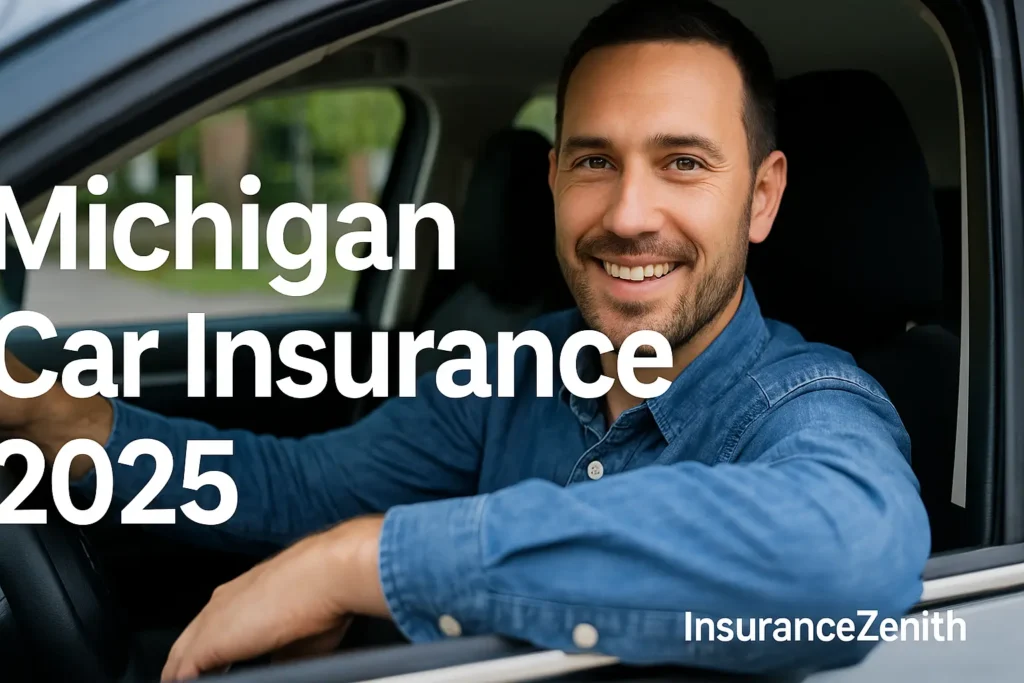James Mitchell, a construction worker from Tampa, learned about inadequate car insurance coverage when he caused a multi-vehicle accident during Hurricane Ian evacuations. His basic liability policy provided only $25,000 in coverage, but the accident resulted in $94,000 in vehicle damage and medical expenses, leaving him personally responsible for $69,000 in costs that forced him into bankruptcy proceedings.
Car insurance provides state-mandated financial protection that transfers driving-related liability risks from individual motorists to insurance companies. Drivers pay monthly or annual premiums in exchange for coverage against property damage, bodily injury claims, vehicle theft, and collision repairs according to state legal requirements and chosen policy limits.
The American automotive insurance industry serves approximately 230 million registered vehicles nationwide. According to the Insurance Information Institute, auto insurance generated $308.2 billion in direct written premiums during 2022, making it the largest property-casualty insurance segment in the United States market.

Coverage Options Explained
Current Car Insurance Market Conditions
Vehicle insurance costs reflect multiple economic factors including repair price inflation, medical expense growth, and regional risk variations. The Bureau of Labor Statistics reports that motor vehicle repair costs increased 19.7% between December 2021 and December 2022, significantly exceeding general inflation rates during the same timeframe.
State regulatory environments create substantial premium differences across geographic regions. Insurance costs vary based on population density, weather patterns, litigation frequency, and mandatory coverage requirements established by individual state legislatures and insurance departments.
Recent automotive insurance market data reveals several concerning trends:
- The Insurance Research Council estimates that 12.6% of drivers operated vehicles without required insurance coverage in 2019
- Uninsured motorist accidents generate approximately $2.6 billion in annual insurance losses nationwide
- Fatal traffic crashes increased 10.5% during 2021 according to preliminary National Highway Traffic Safety Administration data
- Electric vehicle insurance costs average 10-20% higher than comparable gasoline-powered vehicles
- Comprehensive coverage claims from natural disasters increased 15% between 2020-2022
Consumer behavior patterns show increased interest in usage-based insurance programs and higher coverage limits as drivers recognize financial risks associated with minimum coverage policies.
Car Insurance Coverage Analysis
Affordable Car Insurance Options
Car insurance affordability varies significantly based on coverage selections, deductible amounts, and individual risk factors. Drivers can reduce premiums through higher deductibles, usage-based insurance programs, and various discount opportunities while maintaining adequate protection levels. State minimum coverage provides basic legal compliance but often proves insufficient for serious accidents involving expensive vehicles or significant injuries.
Car Insurance Quote Comparison
Car insurance quotes reflect individual risk assessments based on driving history, vehicle characteristics, coverage limits, and demographic factors. Insurance companies use different rating algorithms and risk models, resulting in premium variations of 50% or more between carriers for identical coverage. Online comparison tools and independent agents facilitate quote gathering from multiple insurers to identify competitive pricing options.
State Car Insurance Requirements
Car insurance mandates differ across jurisdictions, with 49 states requiring liability coverage for bodily injury and property damage claims. Minimum coverage limits range from $15,000 to $50,000 per person for bodily injury, with property damage minimums between $5,000 and $25,000 depending on state regulations. No-fault insurance states require additional personal injury protection coverage for medical expenses and lost wages.
Car Insurance Coverage Types
Car insurance policies combine multiple protection components addressing different loss scenarios and legal requirements. Liability coverage pays for damages caused to other parties, while collision coverage repairs the policyholder’s vehicle after accidents. Comprehensive coverage addresses non-collision losses including theft, vandalism, weather damage, and animal collisions that standard policies categorize separately from traffic accidents.
Car Insurance for Young Drivers
Car insurance costs increase significantly for drivers under age 25 due to statistical accident rates and claim frequency patterns. Teen drivers generate insurance claims at rates nearly three times higher than experienced drivers, resulting in premium surcharges of 50-200% above base rates. Good student discounts, driver education courses, and supervised driving programs can reduce costs for young drivers while maintaining necessary coverage levels.
Car Insurance After Accidents
Car insurance claims following accidents trigger rate increases that typically persist for three to five years depending on accident severity and fault determination. At-fault accidents generally result in 20-50% premium increases, while comprehensive claims for weather damage or theft usually produce smaller rate impacts. Accident forgiveness programs offered by some insurers waive first-accident surcharges for policyholders meeting specific criteria and tenure requirements.
Car Insurance Policy Structure Options
Car insurance markets offer various policy configurations designed to meet different coverage needs, budget constraints, and risk tolerance levels. Full coverage policies typically include liability limits exceeding state minimums plus collision and comprehensive protection, providing broader financial security against diverse loss scenarios.
Basic coverage policies meet legal requirements at reduced costs but expose policyholders to significant personal liability risks for damages exceeding policy limits. These minimal policies satisfy state mandates while leaving drivers financially responsible for major accident costs that could reach hundreds of thousands of dollars.
Usage-based insurance programs monitor driving behavior through smartphone apps or vehicle telematics devices, adjusting premiums based on mileage, acceleration patterns, braking habits, and driving times. The National Association of Insurance Commissioners reports growing consumer adoption of these programs as drivers seek premium reductions through demonstrated safe driving behaviors.
High-risk insurance markets serve drivers unable to obtain standard market coverage due to poor driving records, credit issues, or other factors increasing loss probability. State-assigned risk pools ensure availability of required coverage, though premiums reflect elevated risk exposure and limited competition in specialty markets.
Commercial auto insurance addresses business vehicle exposures through higher liability limits and specialized coverage for commercial activities. Personal auto policies typically exclude business use, requiring separate commercial coverage for vehicles used in ridesharing, delivery services, or other business operations that increase liability exposure.
Self-insurance options allow financially qualified individuals or organizations to retain auto liability risks rather than transferring them to insurance companies. State financial responsibility requirements establish minimum asset levels, bonding requirements, or other guarantees ensuring protection for potential accident victims in self-insured arrangements.
This information describes general car insurance concepts based on industry data and regulatory requirements. Auto insurance coverage options and requirements vary by state and individual circumstances. Readers should consult current policy documents and qualified professionals for specific coverage decisions.
Recent Insurance Guides

Car Insurance Claim Denied: 7 Steps to Appeal Successfully 2025

Essential Guide to DCU Auto Insurance 2025

How to Get Your Letter of Experience Insurance (2025 Requirements)
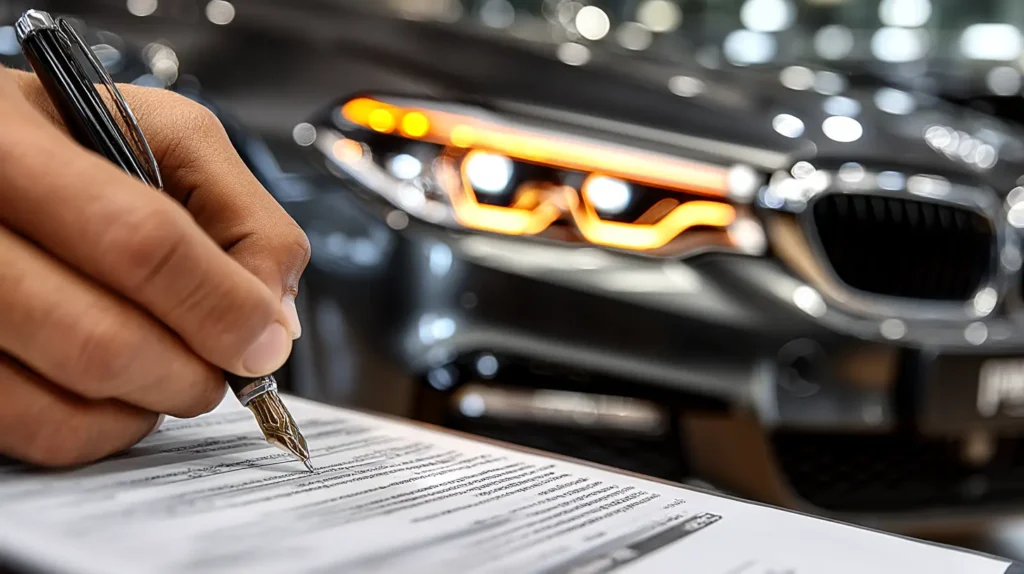
Complete Guide to Insuring a Car Not in Your Name (2025 Rules)

Car Accident No Insurance – Complete Guide 2025

Comparative Raters Auto Insurance – Complete Guide 2025

Total Trucking Insurance – Complete Guide 2025

Toyota Auto Insurance — Essential 7-Point Guide 2025

One Day Bike Insurance Cover — Complete Guide 2025

Temporary Motorhome Insurance — Essential Guide 2025
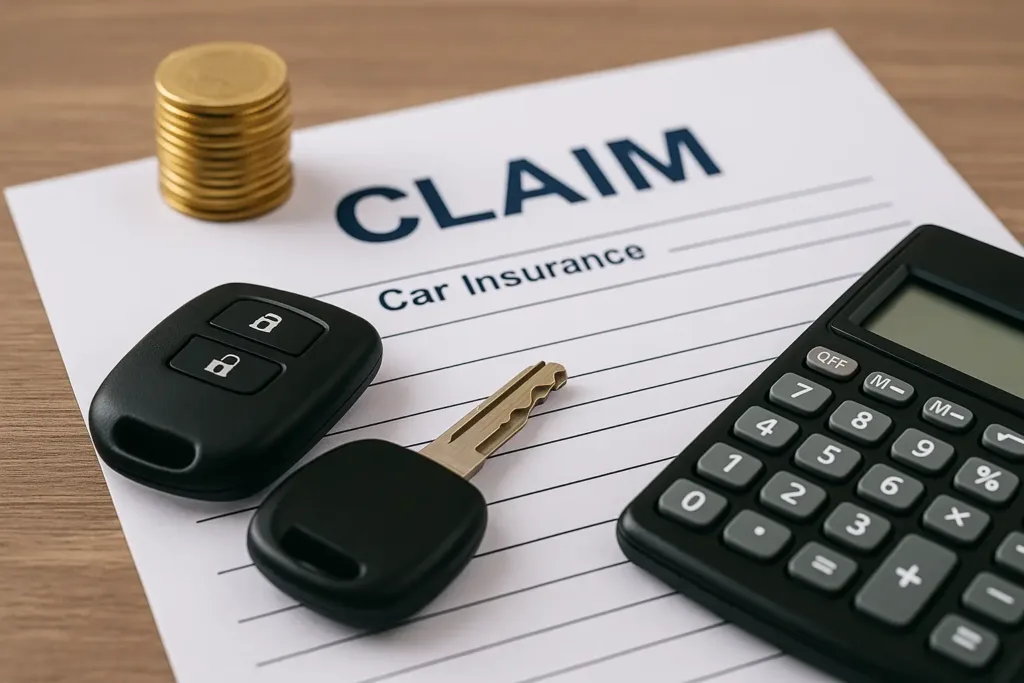
Car Insurance Quotes Massachusetts

Car Insurance Florida 2025

Property Damage Liability
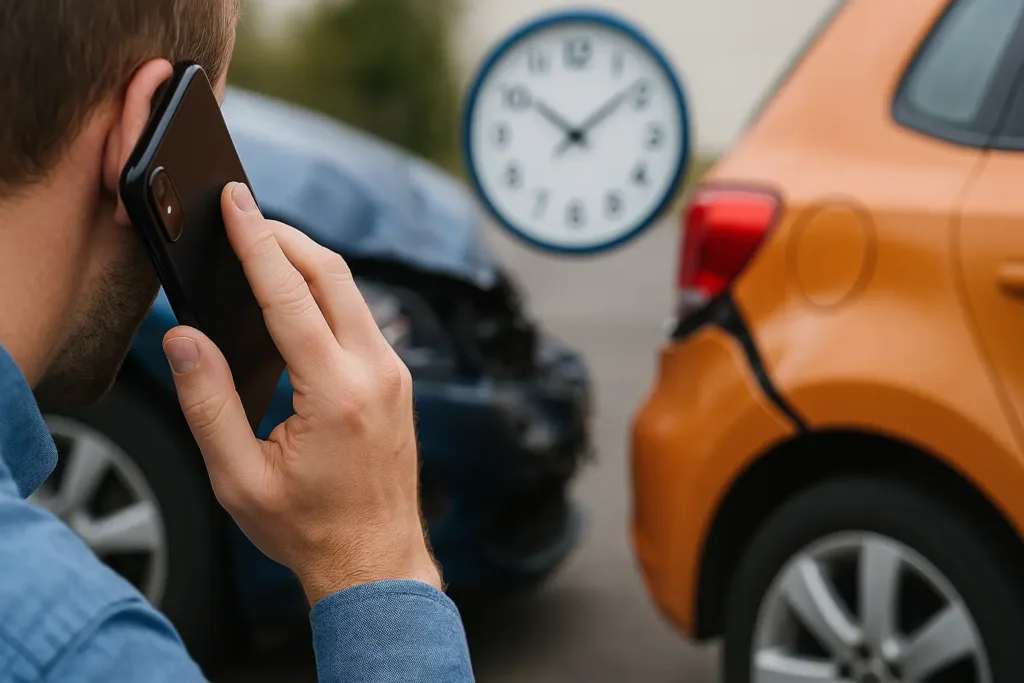
What To Do After a Car Accident ?
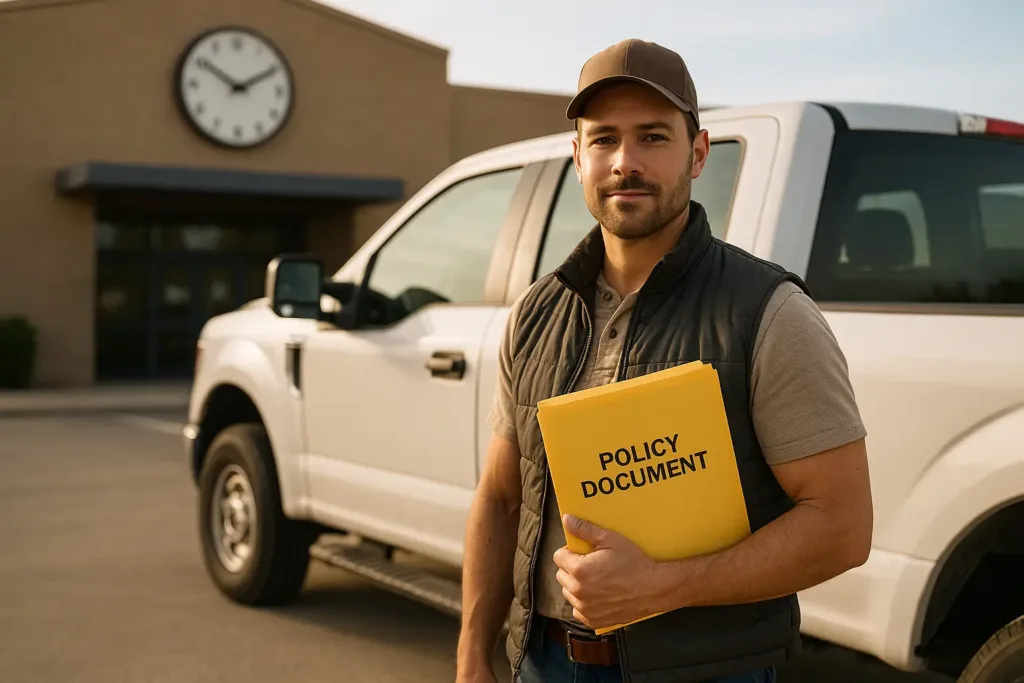
One Week Truck Insurance (2025)
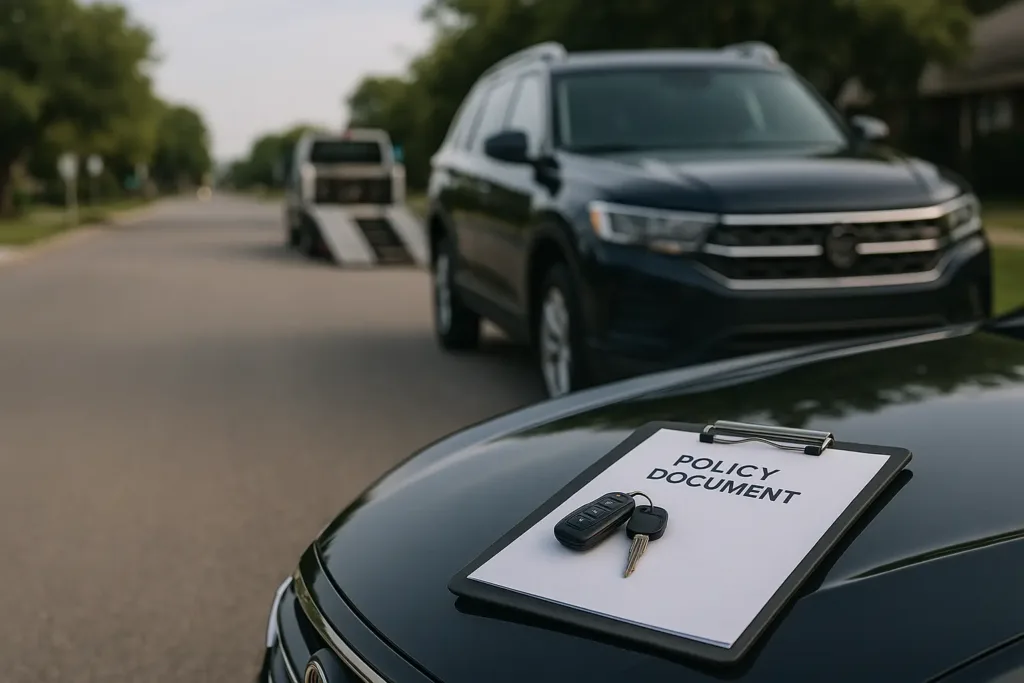
Driveaway Insurance 2025

Motorcycle Breakdown Insurance

Motorcycle Courier Insurance

Cheapest Cars to Insure
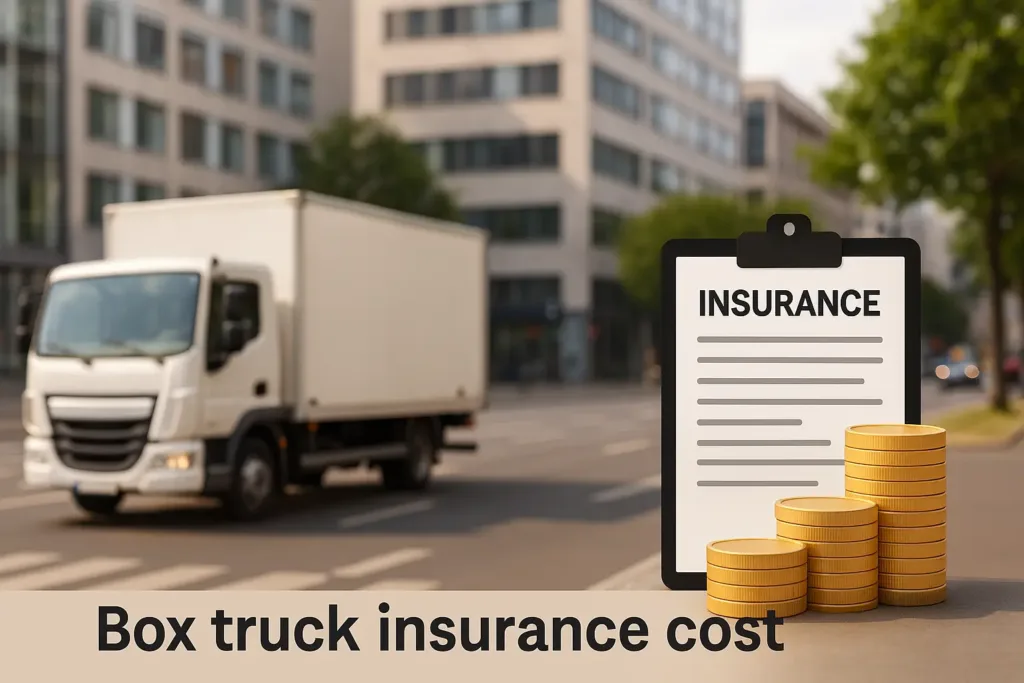
Box Truck Insurance Cost in 2025

Commercial Dump Truck Insurance

Truck Liability Coverage

What Is a Deductible in Insurance

Insurance Claim Success

Illinois Insurance: Your Essential 2025 Guide

Cheap Car Insurance in Colorado
